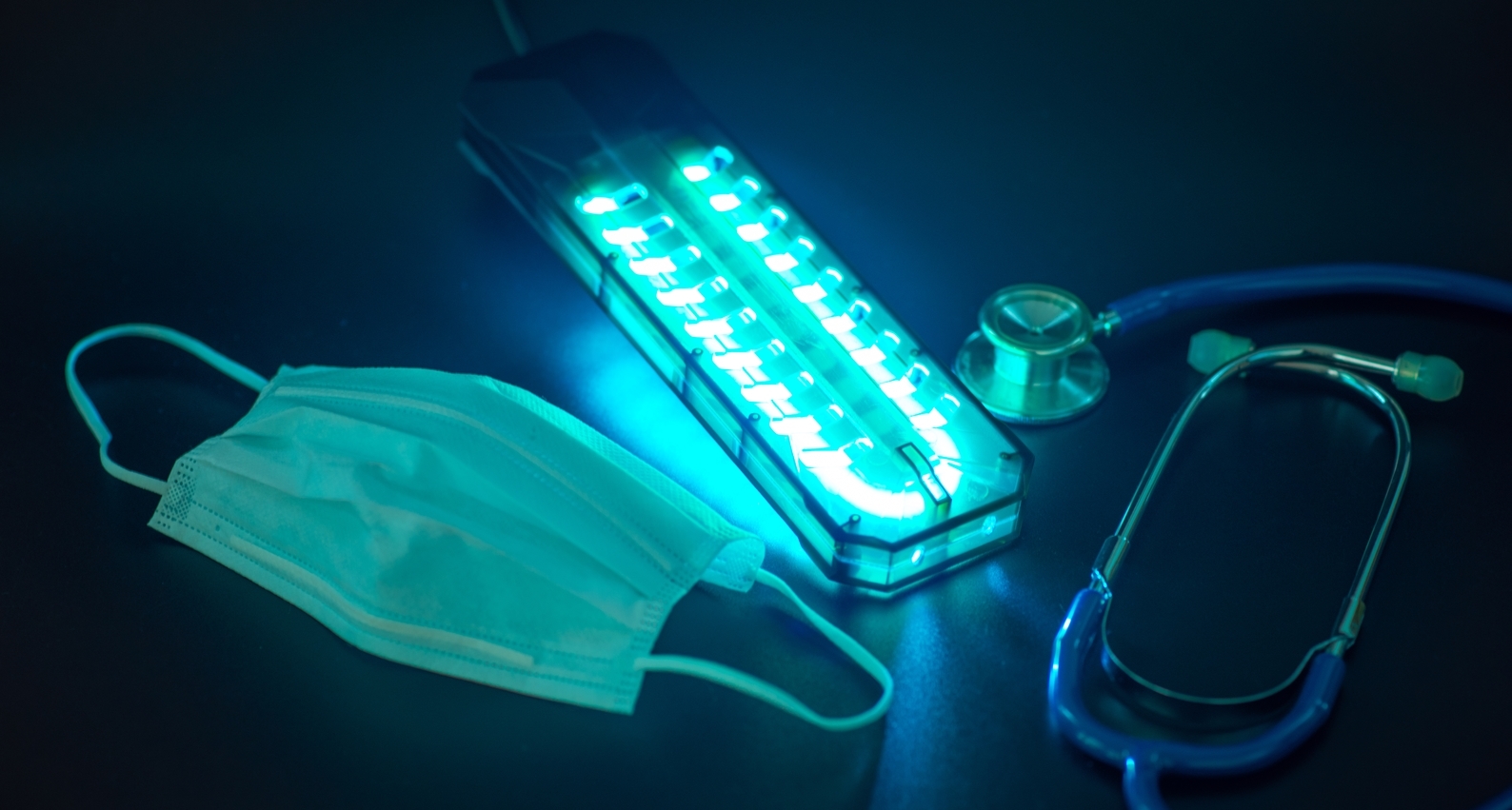Can UV-C lighting Help Reopen the World?
Published on 06 Jul, 2020

COVID-19 cases are still increasing in some countries. However, the huge downturn suffered by the global economy has forced industries across the world to open while effective solutions to deal with the deadly virus are underway. This has brought UV lighting in focus. UV lighting has been incorporated in medical tools for the past 40 years. Currently, lighting companies are exploring its efficacy during the pandemic. The concept has strong potential in the present scenario, and innovative solutions are being studied by lighting companies for its applications in various industries.
As the fear of the global pandemic gradually mitigates, industries and companies across the globe gear up to restart. The current situation demands the adoption of innovative solutions and technological developments to reduce cost, increase productivity and ensure growth while maintaining safety and taking precautions against COVID-19.
The USD 159 billion lighting industry is currently exploring new applications, particularly the potential of UV lighting. UV light is an electromagnetic radiation comprising three sets of wavelengths:
|
Type |
Wavelength |
|---|---|
UV -A |
|
UV -B |
|
UV -C |
|
Among these three, UV-B has been used in the medical field; it has been proved effective against bacteria but not against viruses. UV-C light has already been used for sterilization in the healthcare sector, as well as for purification of water and surfaces. It is also known to be resistant to viruses in general. However, its degree of containment against COVID-19 was relatively unknown until recently.
UV-C as an effective solution to tackle COVID-19
UV-C is present in sunlight, but it is filtered by the ozone layer before reaching the Earth’s surface. UV-C is typically capable of destroying the genetic material (DNA or RNA) of viruses as well as bacteria, thereby preventing them from multiplying. This has prompted leading lighting manufacturers, such as Signify and Osram, to research and develop UV-C-based lighting solutions that can successfully decrease the transmission of COVID-19 in indoor spaces such as hospitals, malls and offices.
According to a latest study by researchers at Boston University, in a lab environment, UV-C lights manufactured by Signify are capable of eradicating around 96% of COVID-19 within just 3 seconds of exposure. Eradication increased up to 99% under exposure for more than 6 seconds. Similarly, Osram China Lighting Ltd claimed that it’s AirZing model 5040 lamp had killed around 99.8–99.9% of a virus similar to COVID-19 in a series of six ‘virus elimination tests’ in March 2020. Chinese hospitals in Beijing and Wuhan have already installed around 2,000 AirZing tube lamps for precaution, and demand for these lamps has increased globally.
Challenges faced in implementing UV-C lighting
Certain limitations might impede the commercial utilization of UV-C lights. UV-C light impacts genetic material, particularly causing damage to the human skin and eyes. Few wavelengths of UV-C have also been associated with cancer as well as cataract. Currently, UV-C lights can only be used for sanitising enclosed areas in the absence of humans. Also, companies require trained technical staff to operate UV-C lights, which might additionally hamper their commercial application. Furthermore, UV-C lights are only available in the form of mercury discharge lamps, which are more energy consuming and expensive compared with LED lights.
LED and far UV-C lighting — Defining the future of the lighting industry
Despite the challenges mentioned above, the utilization of UV-C lighting products is expected to grow in the short term as a temporary application for the sanitisation of commercial offices, healthcare and hospitality industries when the premises are not in use. However, long-term growth potential of these products will depend on research and innovations, such as introduction of far UV-C and LED-based UV-C lights.
Far UV-C radiation falls within the wavelengths that are absorbed by the outer non-living layers of eyes and skin. This is relatively safer and can be adopted in residential homes as well, thereby improving hygiene standards. LED-based light manufacturing companies, such as OSRAM, are already working on making their UV-C lights cheaper and feasible for large-scale commercial utilization.
As the world limps back towards normalcy, any innovation that can act as a tool to control the spread of COVID-19 is welcome and needed. If the industry can discover solutions to address the concerns regarding the safety as well as costs related to UV-C lighting, it could possibly be a gamechanger and help reopen the global economy.
